Exhibit Overview
Hackett-Freedman Gallery proudly presented an exhibition of new works by Los Angeles-based painter F. Scott Hess. This exhibition featured the premiere of Hess’s newest series, The Seven Laughters of God and was accompanied by a 48-page fully illustrated exhibition catalog with essays by art critic Donald Kuspit and Hess.
In his catalog essay, Donald Kuspit refers to Hess as a New Old Master, while the artist refers to himself as a reluctant realist. In any case, Hess’s narrative paintings are deeply rooted in the complex formalism of the old masters and he speaks, according to Kuspit, in symbolic tongues and formal paradoxes. Hess also employs the old master tradition of portraiture, whether it be of himself, his students, or his family, to explore, celebrate, and question the sacred moments of domestic and creative life—family, sex, popular culture, and art (yet not necessarily in that order). It’s this investigation into what it means to be an artist, a husband, and father that imbues Hess’s works with force and tenderness, emotion and intellect—what Kuspit has coined in his essay as Hess’s New Humanism, his struggle to overcome inner and outer.
The Seven Laughters series was based on an ancient Egyptian creation myth that Hess first encountered in the Robertson Davies’s novel, What’s Bred in the Bone (Viking, 1985) and which tells the story of the creation of the world via a single creator god, who laughed seven times and created the seven lesser gods of Light, Firmament, Mind, Generation, Fate, Time, and Soul. These are the subjects that comprise the seven eponymous paintings in Hess’s series.
In these works, Hess tells the story of a young artist (the model is a former student of Hess’s): in Light (2003), he paints illegal murals; in Firmament (2003), he stands naked above a pool; in Mind (2003), he is painting outside, surrounded by nature, and harassed by a mockingbird; in Generation (2004), he is a donor at a sperm bank; in Fate (2005), he presents slides of his work to an art dealer; in Time (2005), he steals an old master painting from a museum; and in Soul (2005), he shakes the hand of a wealthy collector at his successful first solo exhibition. His journey from innocent novice to successful careerist painter can be compared to William Hogarth’s A Rake’s Progress (1753). However, Hess’s story is significantly more ambiguous and less overtly moral.
Kuspit notes that Hess uses profane realism to represent the sacred moments of life, and the other paintings on view in the exhibition extend and deepen this thesis. The portrait of family life depicted in The Measure of Life and The Measure of Love Riverbed and The Painter and His Daughter (both 2004), or the bestial, Rabelaisian high-jinks of The Mistress and Her Donkey (2003), all reveal the unconscious tensions inherent in our interpersonal relationships, our conscious and subconscious desires, and our need to create and nurture. (both 2004), the sexual curiosity and anxiety depicted in F. Scott Hess’s work is represented in the permanent collections of the Los Angeles County Museum of Art; the Smithsonian Institution, Washington, D.C.; the San Jose Museum of Art; the Oakland Museum of California, and the Orange County Museum of Art, Newport Beach.
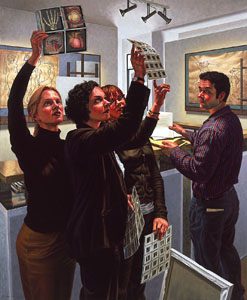
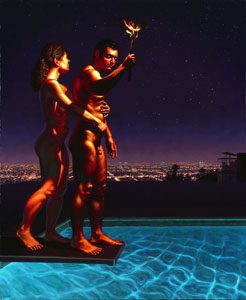
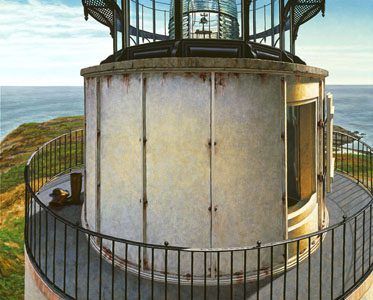

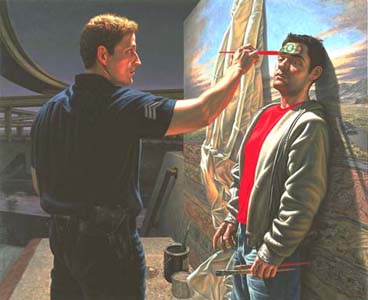
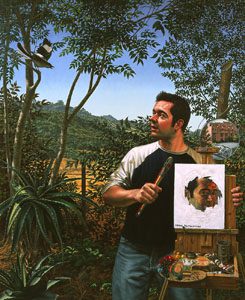
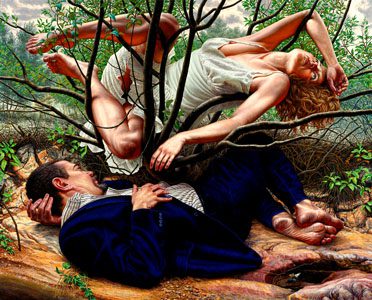

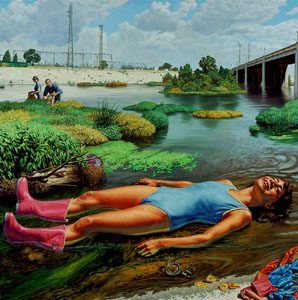
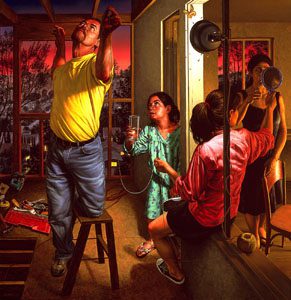
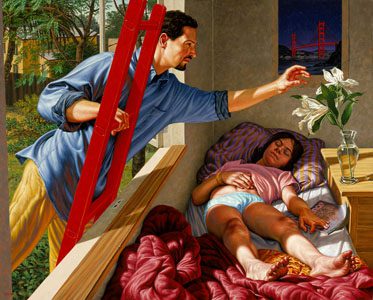
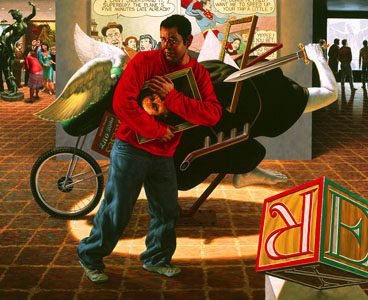
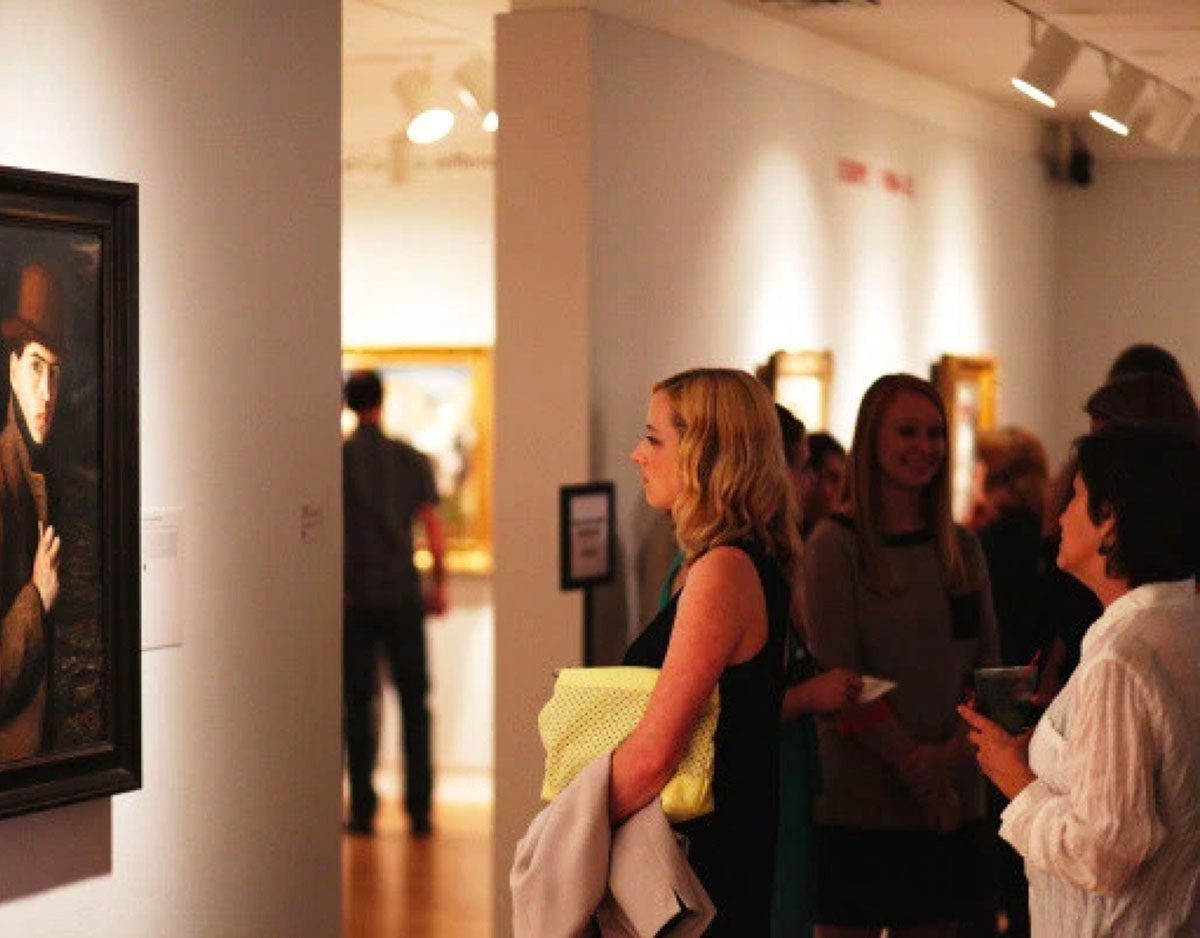
Subscribe To Our Newsletter
Receive news about collections, exhibitions, events, and more.








